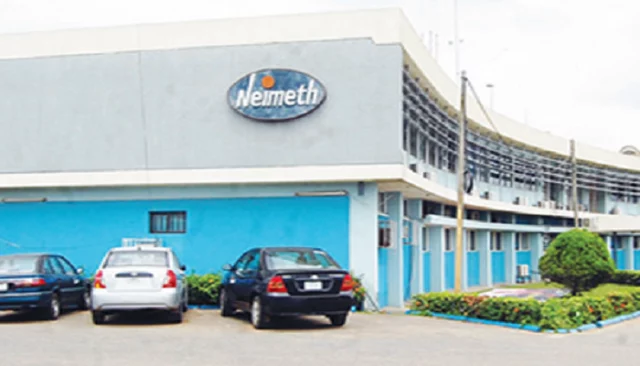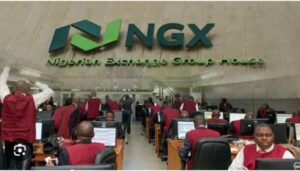Neimeth half-year profit up 11% to N220m
Lagos, Nigeria – Neimeth International Pharmaceuticals Plc has posted a profit after tax of ₦219.6 million for the half-year ended June 30, 2025, representing an 11% increase from the ₦198.2 million recorded in the same period of 2024.
According to the company’s unaudited financial results filed with the Nigerian Exchange Limited (NGX), revenue for the period soared 76% to ₦2.91 billion, up from ₦1.66 billion in H1 2024. This significant growth was attributed to increased sales across Neimeth’s diverse product portfolio.
Strong Top-Line Performance Amid Rising Costs
Neimeth’s gross profit rose 69% year-on-year to ₦1.58 billion, compared to ₦934 million in the corresponding period. However, the cost of sales also climbed by 84% to ₦1.33 billion, reflecting the impact of increased production expenses.
Despite cost pressures, the company delivered a robust operating profit of ₦1.06 billion, more than doubling the ₦492 million recorded in the previous year. This performance was bolstered by a 220% surge in other income, which rose to ₦266 million.
Profit Growth Dampened by Soaring Finance Costs
While operating performance remained strong, finance costs spiked by 186% to ₦838 million, which moderated overall profit growth. As a result, profit before tax rose modestly by 11% to ₦220 million.
Rising Operating Expenses
The company also faced steep increases in overheads:
-
Administrative expenses skyrocketed by 710% to ₦498 million
-
Marketing and distribution expenses grew by 24% to ₦291 million
Balance Sheet Snapshot
As of June 30, 2025, Neimeth’s total assets stood at ₦12.43 billion, up from ₦11.99 billion a year earlier. Shareholders’ equity improved to ₦1.87 billion, compared to ₦1.65 billion in the same period last year.
Importantly, the company’s accumulated losses narrowed to ₦2.64 billion, down from ₦2.86 billion in June 2024 — a sign of continued recovery and improved financial positioning.
📈 Neimeth’s half-year results highlight solid revenue growth and operational gains, though rising costs and finance expenses remain key areas to watch in subsequent quarters.














Post Comment